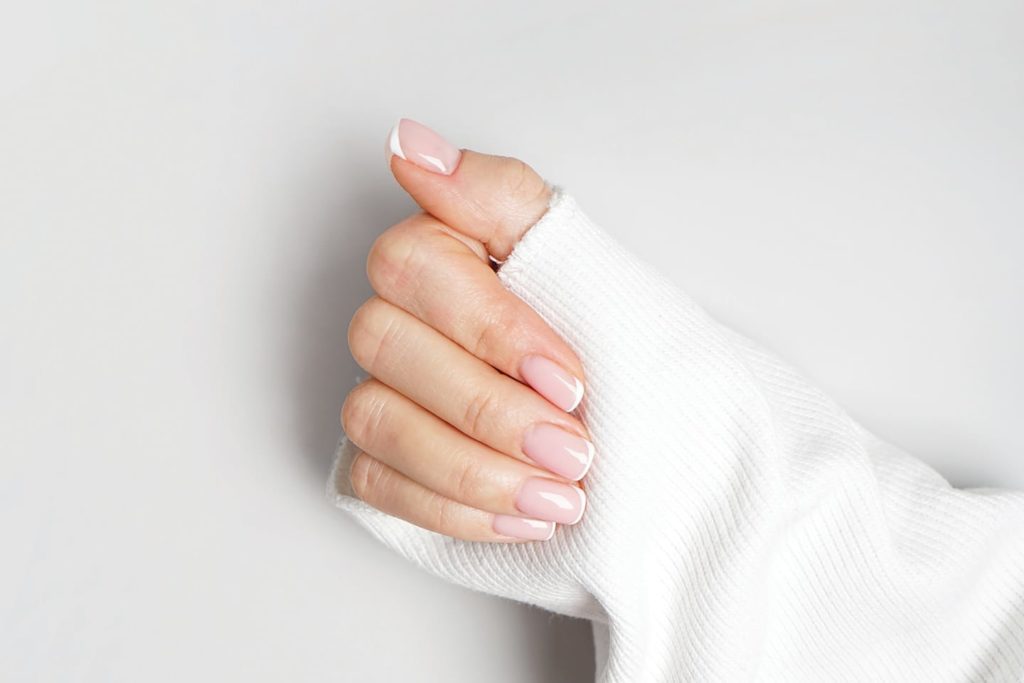Nailed It!
Our fingernails say so much about us and what’s going on in our lives. We pretty them up for special occasions, bite them when we’re nervous, and tap them when we’re bored. When times are tough, we say we’re barely hanging on by them, and when something is especially irritating, it’s like someone is running them down a blackboard. But if you look a little deeper, our fingernails can also tell us a lot about our overall health.
Fingernails by the Color
Pale or White
If your nails are abnormally pale or white, this might be an indication of a number of ailments, such as anemia, liver disease (including hepatitis), malnutrition, or even congestive heart failure. If the nail is just white in spots, this could suggest that you are not getting enough zinc, or it might be an allergic reaction, a fungus, or caused by a nail injury.
Yellow


Yellowed fingernails are a very common occurrence and often the result of a fungal infection or a reaction to a certain product you’ve used. However, it might also signal something more concerning, such as diabetes, psoriasis, thyroid disease, or lung disease and, in severe cases, could cause the nails to thicken and fall off.
Blue
Nails that have gone a little blue may indicate that the body is oxygen- deficient, which, in turn, could be caused by emphysema or other lung problems, as well as heart problems.
Black Lines
The most common reason for dark lines – ranging from dark red to black – on or under your fingernails is due to a simple blunt force injury, such as pinching it in a door or dropping a heavy object on it. Unfortunately, it could also be a sign of melanoma, a serious type of skin cancer.
The Texture of Things
Ridged Nails
It’s normal for vertical ridges to appear on our fingernails as we age, but it’s still worth getting it checked out to make sure that it’s not evidence of insufficient iron. On the other hand, horizontal ridges, known as Beau’s lines, might mean real danger – this could also be an effect of kidney disease.
Fragile Nails
If your nails bend, crack, peel, or break easily, there are several potential problems. Nails that are especially rough or brittle, a condition known as onychoschizia, can be the result of getting your hands wet too many times. It could also be caused by hypothyroidism or an iron deficiency.
Weak, bendy nails are usually due to excessive contact with a liquid or chemical, such as detergents and cleaning supplies. But this can also be caused by not having enough iron, vitamin B, calcium, or fatty acids in the blood.
Nails peeling? You may have just injured the nail, or it could be from excessive exposure to soapy water – but it might also be a lack of iron. HS

